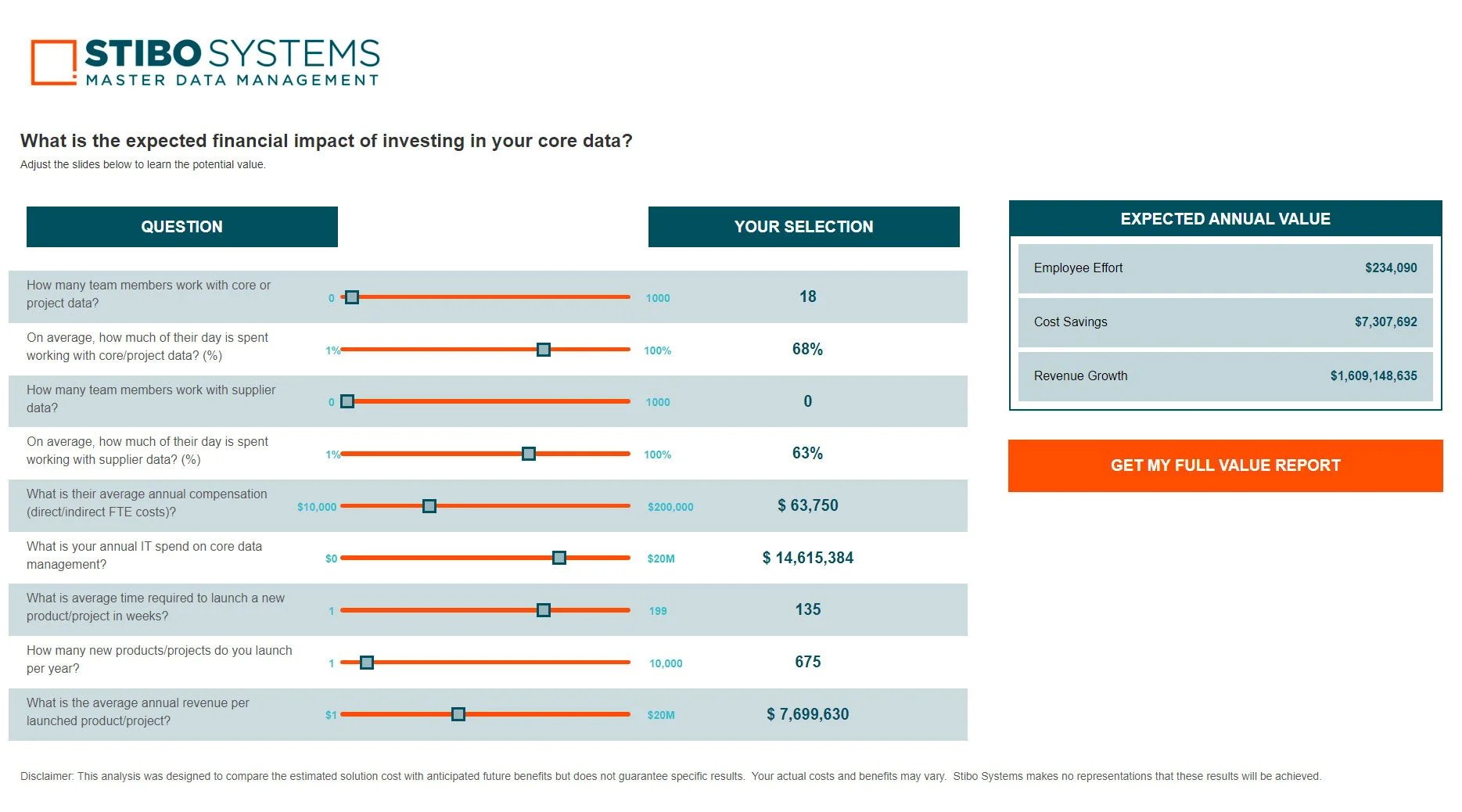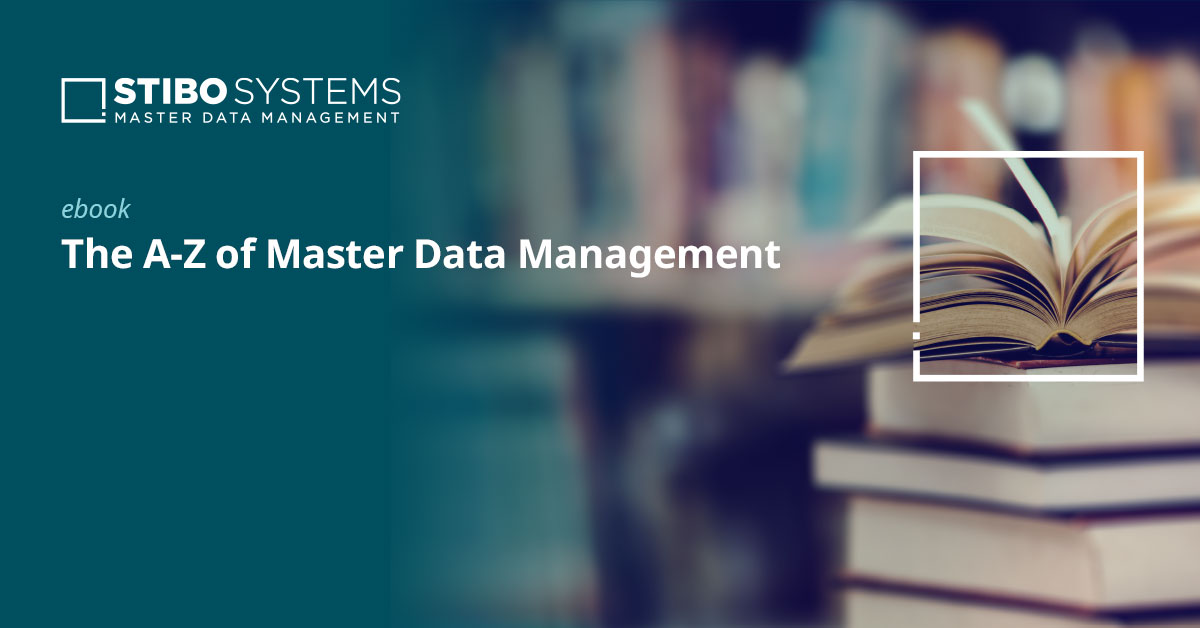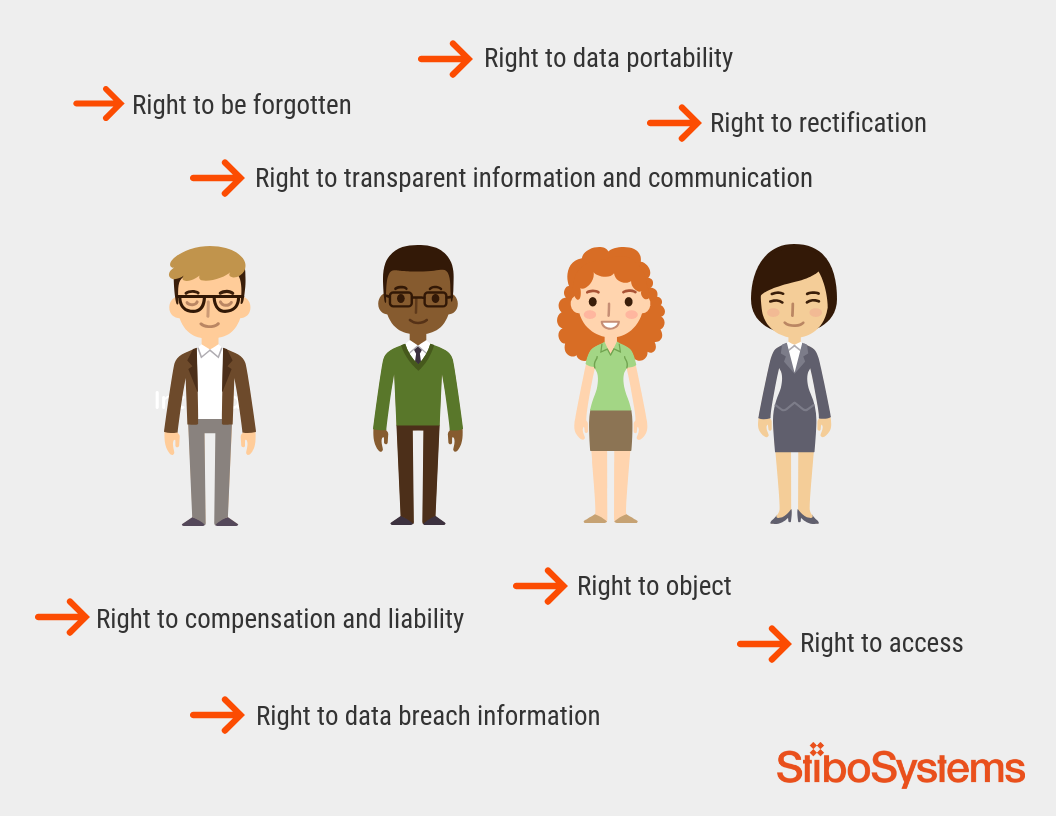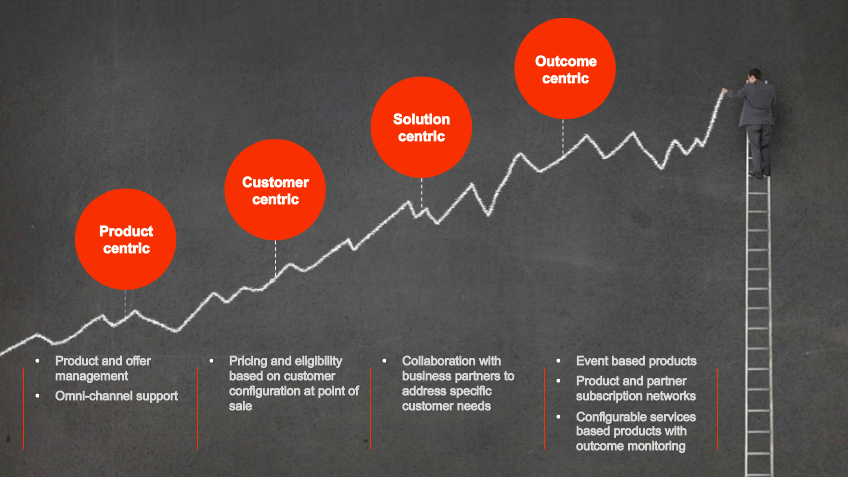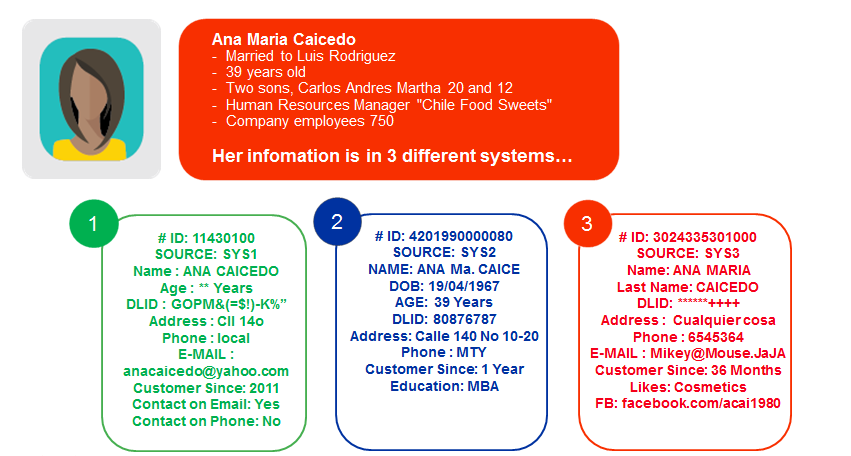How manufacturers can ensure continued revenue growth in a digital first environment
Shrinking margins are making life harder for manufacturers. Retail merchant teams have more data than ever and have learned to use it to increase their share of the profits. Historical data, competitive data, supply chain transparency and the ability to run in-category comparisons using rule-based and AI tools have improved retailers’ position and have made it harder for manufacturers to eke out profits.
Carving up margins will be a constant battleground but there are still under-explored areas where manufacturers can optimize their approach to grow revenues. One of those is to become a product data syndication ninja or to make sure you have one on your team.
The rationale is simple. To succeed today, manufacturers need to operate in two related but distinctly different worlds:
1. The hard, tangible, physical world where goods can perish, exceed pallet weight limits, fail to fit on the shelf or can be shipped back if defective (even when they are not).
2. The online, digital, conceptual world with content, descriptions, specs, images, and 360° videos. And as with the physical world, plenty of problems exist here, too!
Historically, manufacturers have been dependent on driving physical world product transactions. However, in recent years the digital world has become equally, if not more, important. Especially in today’s social distancing influenced shop-from-home environment.
Just as one might represent themselves online with a digital avatar, manufacturers and merchants also rely on creating avatars for their goods today, to act as what Ferdinand De Saussure, one of the fathers of modern linguistics, referred to as signifiers. That is, they function as the digital representative of the physical product.
In this way, the physical supply chain becomes joined with the digital supply chain.This is a world where the data and content that represent your products needs to be at least as good as your actual physical wares. And just like your physical goods, that information needs to arrive at its destination and be presented to potential customers in similarly great shape. Otherwise, someone might choose to return it because it doesn’t meet their unique data requirements.
So, just as you hire the best people you can to get your physical world assets where they need to be, and empower them with the best systems and resources to do it, doesn’t it make sense that you would do the same thing for your digital world assets, too?
Enter the product data syndication ninja.

Photo by Aziz Acharki
While their real-world titles may vary, your ninja’s functional and even metaphysical significance is steadfast and true: to safeguard your online revenue by stocking your digital shelf as capably as your physical ones. And that includes the shelves of your retail/distribution partners, too.
Now that we’ve established their critical importance to your success, here is a five-step plan to help you and/or your appointed data syndication/digital ninja get where they need to be.
5 steps to improve your data syndication:
Step 1: The need for speed
Getting data to all your sales channels has always involved a morass of spreadsheets, a huddle of data portals, data pools, APIs, etc., etc. And every one of them has its own requirements. For example, feeding data to The Home Depot means using their IDM Portal and QuickSheets, while Lowe’s currently requires a feed via a content service provider (CSP). Meanwhile, Kroger requests delivery via the GDSN and Amazon is different still.
For many manufacturers, the complexities and sheer variety of methodologies cause processes to crawl and training costs to spike – problems that are further exacerbated by inevitable employee churn. Establishing a single method to share data with all your business partners is the gateway to speed and efficiency. A single platform that hides all of the channel complexities and standardizes the processes allows for a single, simplified training effort and way of working. Speed ensues.
Step 2: Turn up the volume
Product data syndication ninjas must deal with volume. The only way to address it is with a commensurate and unrelenting increase in speed. If you deliver your virtual product avatars faster, you can get an increasing volume and variety of products to market with the same-sized team. This is in many ways like turns in the supply chain. It is always surprising when a manufacturer reports they can’t sell everywhere they want, simply for lack of time. While time itself may be finite, what a talented, properly equipped data syndication ninja can do within that time frame is anything but.
Step 3: Move with precision
While speed and volume point to progress, they are often accompanied by a loss of quality. If you lose data quality, you lose the trust of your retail partners with it. Data syndication ninjas are rarely clumsy: they don’t goof up. So, the ability to deliver speed and volume accompanied by precision is paramount.
Precision in the digital supply chain really means fit. The information a manufacturer sends needs to correspond to their recipients’ expectations. But within those confines, the data needs to excel at selling the product it represents to that retail channel’s audience. We all know that content that fits an audience well sells more product. But having the bandwidth and the precision to deliver that fit is incredibly complicated without the right tools, especially when you want to go fast and build volume. Speaking of which…
Step 4: The right tools
While data syndication ninjas do OK with their bare hands, the right tools in those hands are force multipliers. And guess what: tools exist to make this work much easier, making everyone with access to them a potential ninja. Tools to empower them through every step of the journey.
For example, product data setup and collaboration around product marketing and “avatar creation” improve using Product Master Data Management. Last mile enrichment and product data delivery become easier with PDX Syndication. Data syndication ninjas choose their tools wisely. SKU volume, product category, supply chain complexity, point of sales spread, geographic reach and other factors play a role determining which tools are right for the job.
Step 5: A sense of playfulness
The right tools create readiness and the ability to experiment and be flexible. The ability to swap out copy, change imagery or use truly localized language versions of information and content can have a determining impact on conversion. For example, providing slightly different content to a more B2B-oriented channel vs. a more consumer-centric channel can drive increased revenue among both audiences. A well-trained data syndication ninja will be able to master this, and make it work to your company’s advantage.
Right information, right place, right format, right time
Excellence in the digital arena has become a crucial requirement for manufacturers large and small. A well-prepared product data syndication ninja can help take your organization there in short order.
Manufacturers in highly competitive categories may want to increase their visibility by targeting the Buy Box on Amazon Vendor Central. They may want their products to be found more often and more easily on walmart.com. Or they may want to deliver rich, persuasive and tailored content on homedepot.com.
Whatever your company’s digital challenge looks like now, product data syndication ninjas are of immeasurable value when it comes to winning the battle to get onto and be found on the digital shelf. Identify and arm the right person on your team to address the five steps above and you’ll be on your way to getting there.
Stibo Systems' PDX Syndication
Stibo Systems’ PDX syndication is the simple, cost-effective way for manufacturers and brands to share and update product data with retailers, data pools and CSPs. In an increasingly digital first environment, PDX syndication provides everything needed to succeed across all channels in a single, flexible cloud-based app.

